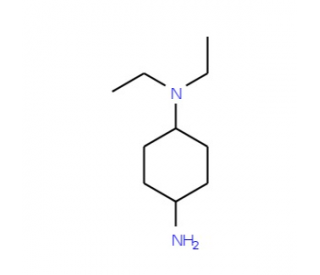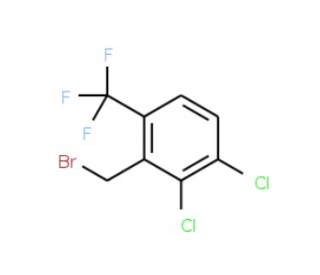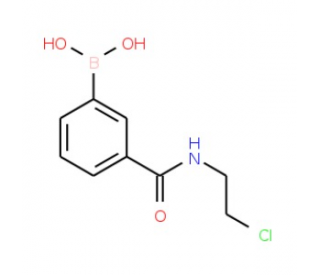詳細(xì)說明
Purity
>95%, by SDS-PAGE with silver staining
Endotoxin Level
<0.10 EU per 1 μg of the protein by the LAL method.
Activity
Measured by the ability of the immobilized protein to support the adhesion of the MCF?7 human breast cancer cells. The ED 50 for this effect is 0.25-1 μg/mL.
Source
Mouse myeloma cell line, NS0-derived Asp157-Val709, with a C-terminal 6-His tag
Accession #
N-terminal Sequence
AnalysisAsp157
Predicted Molecular Mass
62 kDa
SDS-PAGE
75-87 kDa, reducing conditions
8875-EC |
| |
Formulation Lyophilized from a 0.2 μm filtered solution in MES, NaCl and CaCl 2. | ||
Reconstitution Reconstitute at 250 μg/mL in water. | ||
Shipping The product is shipped with polar packs. Upon receipt, store it immediately at the temperature recommended below. | ||
Stability & Storage: Use a manual defrost freezer and avoid repeated freeze-thaw cycles.
|
Background: E-Cadherin
E-Cadherin/Cadherin-1, also known as Uvomorulin in the mouse and rat, is a 120 kDa member of the Cadherin family of cell surface glycoproteins that mediate cell adhesion (1). Mouse E-Cadherin shares 92% and 81% amino acid sequence identity with the rat and human proteins, respectively (2). It is a single-pass transmembrane protein that mediates calcium-dependent epithelial cell adhesion. E-Cadherin has five extracellular EC domains that form homophilic cis-clusters between adjacent epithelial cells and trans-clusters within the same cell. E-Cadherin clusters are critical components of adherens junctions between epithelial cells and act in the formation and maintenance of the epithelial cell barrier (3, 4). The intracellular domain of E-Cadherin binds to the Catenin cytoskeletal complex, which includes p120 Catenin, beta-Catenin, alpha-Catenin, and Vinculin. E-Cadherin expression is critical for epithelial tissue homeostasis. Decreased E-Cadherin is associated with physiological and pathological epithelial-to-mesenchymal transition and cell migration, and E-Cadherin loss contributes to cancer metastasis (5). The extracellular E-Cadherin N-terminal domain can be cleaved by several proteases and is released as a soluble factor that enhances cancer cell motility and EGFR-dependent survival and proliferation (6).
References:
Gumbiner, B.M. (2005) Nat. Rev. Mol. Cell Biol. 6:622.
Nagafuchi, A. et al. (1987) Nature 329:341.
Guillot, C. and T. Lecuit (2013) Science 340:1185.
Tian, X. et al. (2011) J. Biomed. Biotechnol. 2011:567305.
Stemmler, M.P. (2008) Mol. Biosyst. 4:835.
David, J.M. and A.K. Rajasekaran (2012) Cancer Res. 72:2917.
Entrez Gene IDs:
999 (Human); 12550 (Mouse); 83502 (Rat)
Alternate Names:
Arc-1; CAD1; cadherin 1, E-cadherin (epithelial); cadherin 1, type 1, E-cadherin (epithelial); Cadherin-1; calcium-dependent adhesion protein, epithelial; CAM 120/80; CD324 antigen; CD324; CDH1; CDHE; cell-CAM 120/80; Cell-CAM120/80; ECAD; ECadherin; E-Cadherin; Epithelial cadherin; LCAM; L-CAM; UVOE-Cadherin; Uvomorulin










 粵公網(wǎng)安備44196802000105號(hào)
粵公網(wǎng)安備44196802000105號(hào)